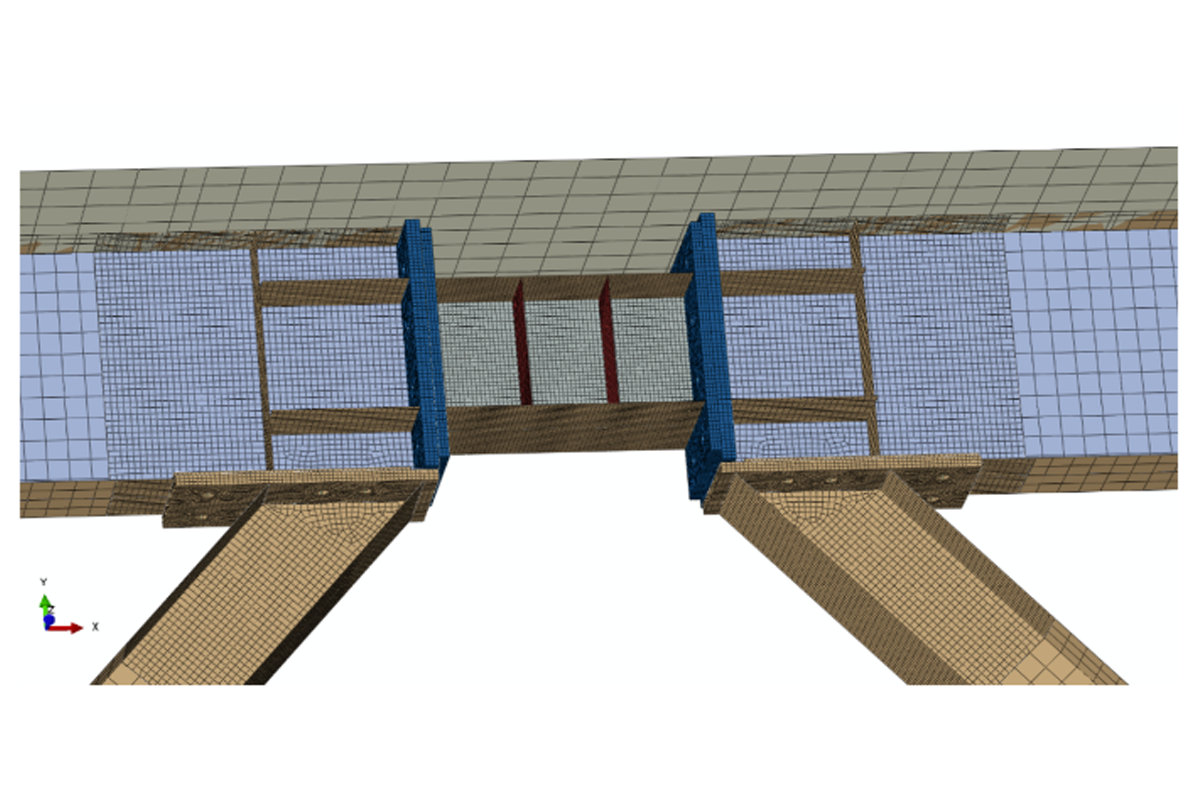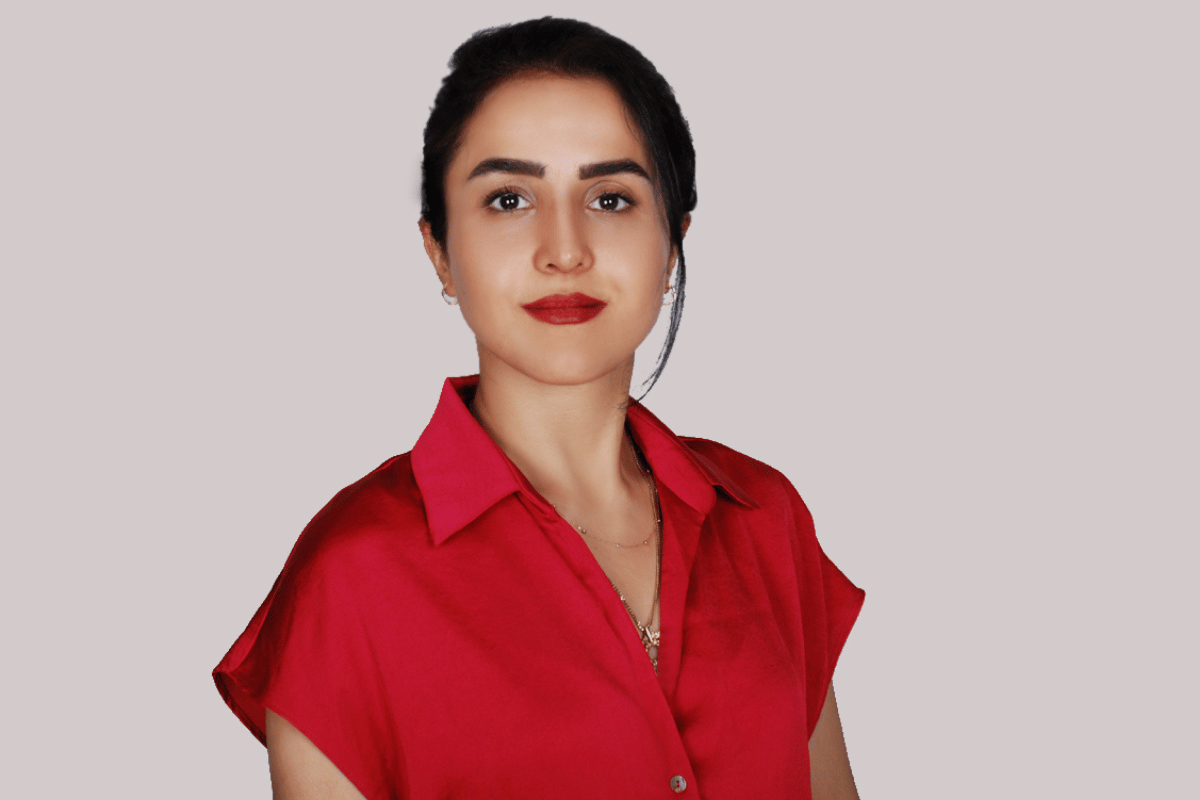In today’s construction landscape, the concepts of “Circular Design” (CD) and “Construction 4.0” (C4.0) are gaining traction, offering promising solutions to minimise waste and enhance sustainability.
These approaches, whilst distinct, also complement each other– presenting opportunities to revolutionise the construction sector with insights from te ao Māori (the Māori world).
C4.0 leverages digital technologies and advanced automation in the construction industry to create resilient infrastructure, optimising resource management, improving energy efficiency and enhancing sustainability throughout the construction process.
On the other hand, CD extends sustainability beyond construction, emphasising waste reduction, material reuse, and environmental impact mitigation. Both systems are guided by principles of kaitiakitanga (guardianship of te taiao – the environment) and the holistic worldview of whanaungatanga (interconnections) grounded in tikanga (customary values and lore) and mātauranga (knowledge) to bring tupuna (ancestors) and communities together for intergenerational wellbeing.
In recent years, there has been a growing emphasis on the CD and C4.0, driven by factors like population growth, expanding infrastructure demands, climate change, and the potential for resource scarcity. It has never been more important to put these concepts into practise and to develop practical strategies.
One such strategy is reversible design, which focuses on creating circular structural systems that enable demountability or reuse of steel structures in similar or different projects, rather than landfilling or recycling them. Creating resilient structural system with low carbon emissions like this require innovative building solutions to allow easy disassembly at the end of life or during its operational time.
In our ongoing project, we’re committed to doing this, with one of our innovations being to understand Mataaoho (the personification of earthquakes in te ao Māori and its relationship to other natural phenomena and construction) by developing a seismic Eccentrically Braced Frame (EBF) with bolted connections to facilitate easy disassembly. Imperative to this solution is ensuring the applicability of the steel frame at any time, particularly in the face of extreme events like earthquakes or dynamic loads, which is why the integration of replaceable shear links are central to our efforts to provide a low damage seismic solution that enables rapid inspection and replacement of links that might yield or sustain damage in events caused by Mataaoho. This proactive approach eliminates the distribution of failure to the other structural components of the EBF to minimise the risk of structural failure and maximise the lifespan of buildings.
Interested to know more?
Please get in touch with our Circular Design Project Lead – General Manager Structural Systems, Kaveh Andisheh.
Acknowledgement
HERA is grateful to Hīkina Whakatutuki – The Ministry of Business, Innovation and Employment (MBIE) who awarded Endeavour funding in support of our rangahau program “Developing a Construction 4.0 transformation of Aotearoa New Zealand’s construction sector” in the 2022 funding cycle.
Māori references use the Waikato-Tainui meta (dialect) in acknowledgement of HERA being located in the rohe of Manukau, Tāmaki Makaurau (Auckland). Our use of te reo Māori (the Māori language) is intentional as part of our commitment to Vision Mātauranga.


